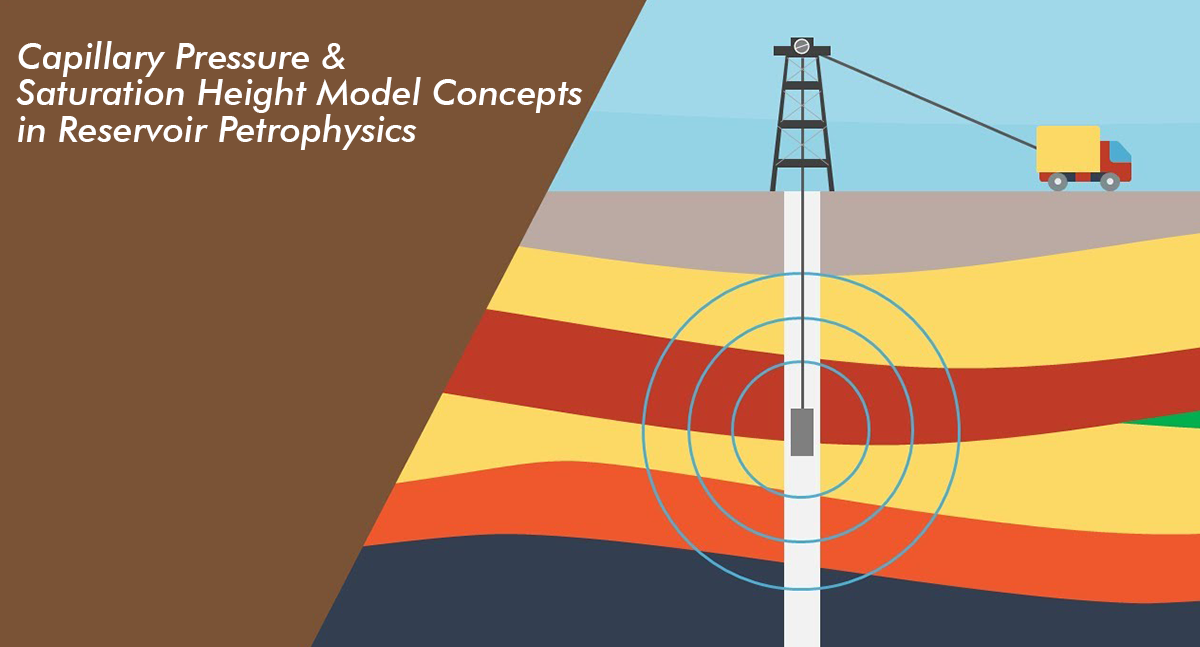No Widget Added
Please add some widget in Offcanvs Sidebar



About the Course:
This 3-day online course is designed to provide participants with a comprehensive understanding of capillary pressure data and its application in fluid distribution analysis and pore geometry understanding. The course covers various analytical techniques for interpreting fluid distributions in challenging bi-modal clastic and carbonate reservoirs, as well as the application of saturation height models to study fluid contacts and hydrocarbon-water interactions.
Course Content:
About Us:
The Magpier specializes in providing high-quality training and development programs for professionals in various technical fields. With extensive experience, we cater to the specific needs of the industrial sector, offering specialized courses in areas such as geology, petroleum exploration, drilling, subsurface and reservoir engineering, electrical engineering, mechanical engineering, electronics engineering, and maintenance engineering.
Utilization of capillary pressure data for fluid distribution analysis and pore geometry understanding
Interpretation of fluid distributions in challenging bi-modal clastic and carbonate reservoirs
Application of saturation height models to study fluid contacts and hydrocarbon-water interactions
Integration of core-log data for comprehensive reservoir analysis
Hands-on experience through workshops for interpreting capillary pressure data